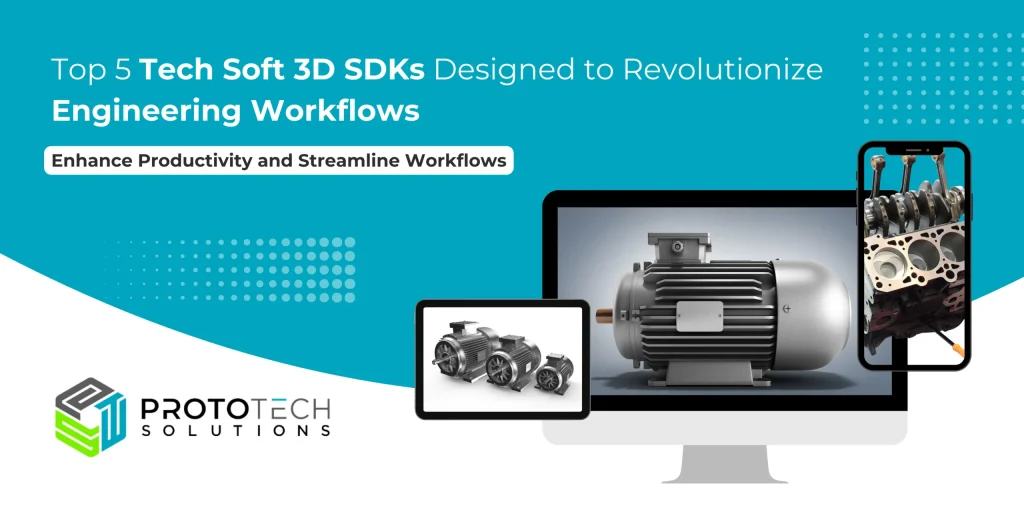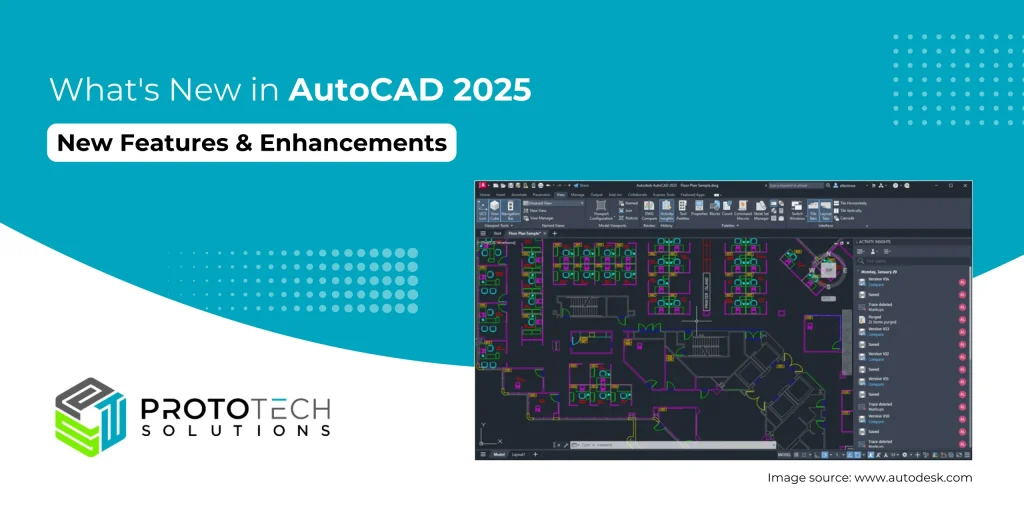3D visualization using Three.js

Three.js is a popular JavaScript library for creating interactive 3D graphics in web browsers. It is based on WebGL and can handle 3D models, lights, cameras, and animations. Three.js is easy to use and has a large community of developers who share their work and tutorials online.
Here are the steps to create a simple 3D visualization using Three.js:
- Include the Three.js library in your HTML file.
- Set up the scene, camera, and renderer using Three.js objects.
- Load a 3D model using Three.js loaders.
- Add the model to the scene and position it using Three.js transforms.
- Set up lighting using Three.js lights.
- Render the scene using the renderer and animate it using Three.js animations.
- Here’s some sample code to get started:
<html> <head>
<script src=”https://cdn.jsdelivr.net/npm/three@0.118.3/build/three.min.js”></script>
<script src=”https://cdn.jsdelivr.net/npm/@tweenjs/tween.js@17.0.0/dist/tween.esm.js”></script>
</head>
<body>
<div id=”container”></div>
<script>
// Set up the scene
const scene = new THREE.Scene();
const camera = new THREE.PerspectiveCamera(75, window.innerWidth / window.innerHeight, 0.1, 1000);
camera.position.z = 5;
const renderer = new THREE.WebGLRenderer({ antialias: true });
renderer.setSize(window.innerWidth, window.innerHeight);
document.querySelector(‘#container’).appendChild(renderer.domElement);
// Load a 3D model
const loader = new THREE.GLTFLoader();
loader.load(‘model.gltf’, (gltf) => {
scene.add(gltf.scene);
});
// Add lighting
const light = new THREE.PointLight(0xffffff, 1, 100);
light.position.set(0, 0, 10);
scene.add(light);
// Render the scene
const animate = () => {
requestAnimationFrame(animate);
renderer.render(scene, camera);
};
animate();
</script>
</body>
</html>
The output of the code is a 3D visualization of a loaded 3D model displayed in a web browser. The code creates a scene, camera, and renderer using Three.js objects, loads a 3D model using a Three.js GLTFLoader, adds lighting to the scene, and continuously renders the scene using requestAnimationFrame(). The result is an interactive 3D visualization displayed in the web browser’s viewport.
This code sets up a basic scene with a 3D model, lighting, and a camera. You can further customize the scene by adding animations, textures, and interactivity using Three.js features.
For more queries regarding any of the above-mentioned topics, feel free to connect with us on our website https://prototechsolutions.com, or email us at info@prototechsolutions.com
Want to Outsource 3D Visualization Service? Think of ProtoTech Solutions!
ProtoTech Solutions is a leading provider of 3D visualization services that bring innovative, immersive, and interactive experiences to life. With a deep commitment to cutting-edge technology and a passion for transforming ideas into visually stunning realities, ProtoTech Solutions offers a wide range of 3D visualization services, including 3D modeling, rendering, and animation. Their expert team combines creativity and technical expertise to deliver customized solutions for industries like architecture, engineering, manufacturing, and more. Whether it’s architectural walkthroughs, product simulations, or virtual prototypes, ProtoTech Solutions elevates the visual impact of designs and concepts, helping clients communicate and visualize their ideas with exceptional clarity and precision.


